Description
The fuel pump motor in the Toyota Innova is an integral part of the vehicle’s fuel delivery system. It ensures that fuel is pumped from the fuel tank to the engine at the correct pressure, allowing for proper combustion and engine performance. Depending on the specific model and variant (whether it’s the older pre-facelift model or the newer generation), the Toyota Innova may use either a carburetor or electronic fuel injection (EFI) system, but in most modern versions, it uses EFI.
Here’s an overview of the fuel pump motor and how it works in a Toyota Innova:
Key Features of the Fuel Pump Motor in Toyota Innova:
- Fuel Delivery: The fuel pump motor is responsible for supplying fuel from the tank to the engine’s fuel system. In EFI models, this means delivering fuel to the fuel injectors under controlled pressure for efficient combustion.
- Voltage: The fuel pump motor operates on a 12V DC electrical system, which is common across most vehicles, including the Toyota Innova.
- Submerged in the Fuel Tank: The fuel pump motor is usually located inside the fuel tank, submerged in fuel. This design helps to keep the motor cool, as the fuel itself acts as a coolant to prevent overheating. It also helps in reducing noise and vibration.
- Pressure Regulation: The fuel pump motor is designed to maintain a consistent fuel pressure. This ensures the EFI system or fuel injectors get the required amount of fuel at the correct pressure, resulting in smooth engine performance and optimal fuel efficiency.
- Durability: The fuel pump motor in the Toyota Innova is built to last, but like any mechanical part, it can fail due to age, wear, or contamination in the fuel. Regular maintenance and fuel quality can prolong its life.
Symptoms of a Faulty Fuel Pump Motor in Toyota Innova:
If the fuel pump motor in your Toyota Innova is starting to fail, there are several common symptoms you may experience:
- Difficulty Starting or No Start: A failing fuel pump motor can prevent the engine from starting. The engine may crank, but it won’t start because fuel is not being delivered to the fuel injectors.
- Engine Stalling: The engine may stall suddenly while driving or when idling if the fuel pump is unable to supply fuel consistently.
- Loss of Power: If the fuel pump motor is not providing enough fuel, the engine may experience reduced power, sluggish acceleration, or hesitation when you press the accelerator.
- Whining or Buzzing Noise: A faulty fuel pump may produce an unusual high-pitched whining or buzzing sound, especially when the ignition is turned on but the engine is not started.
- Poor Fuel Efficiency: Inconsistent fuel delivery due to a faulty pump motor can lead to poor fuel efficiency, as the engine may not be receiving the correct fuel amount.
- Fuel Pressure Issues: If the pump motor is struggling to maintain fuel pressure, the vehicle may misfire, hesitate, or run rough.
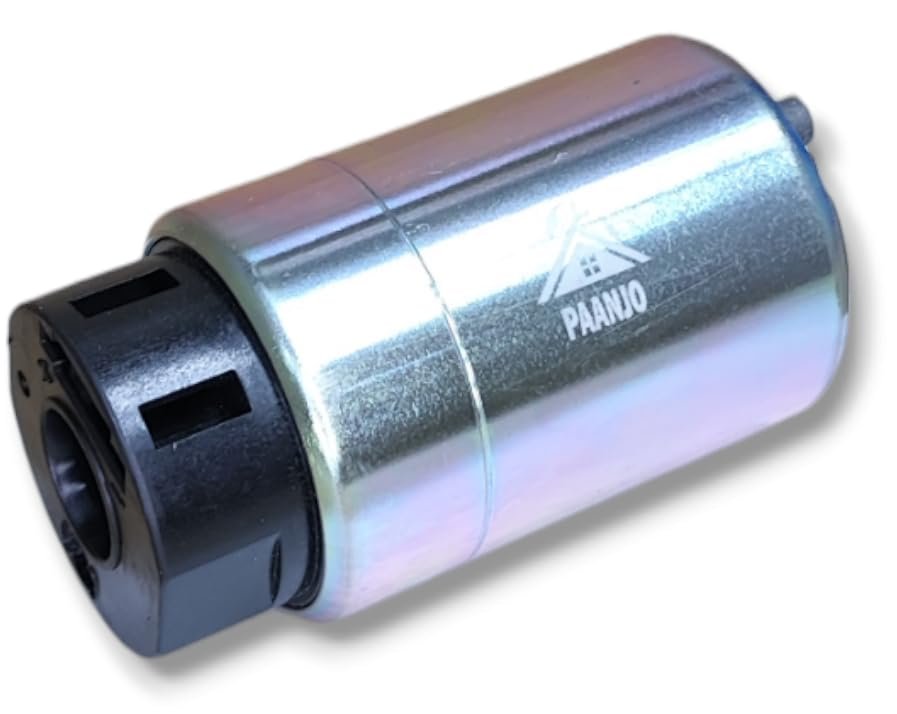
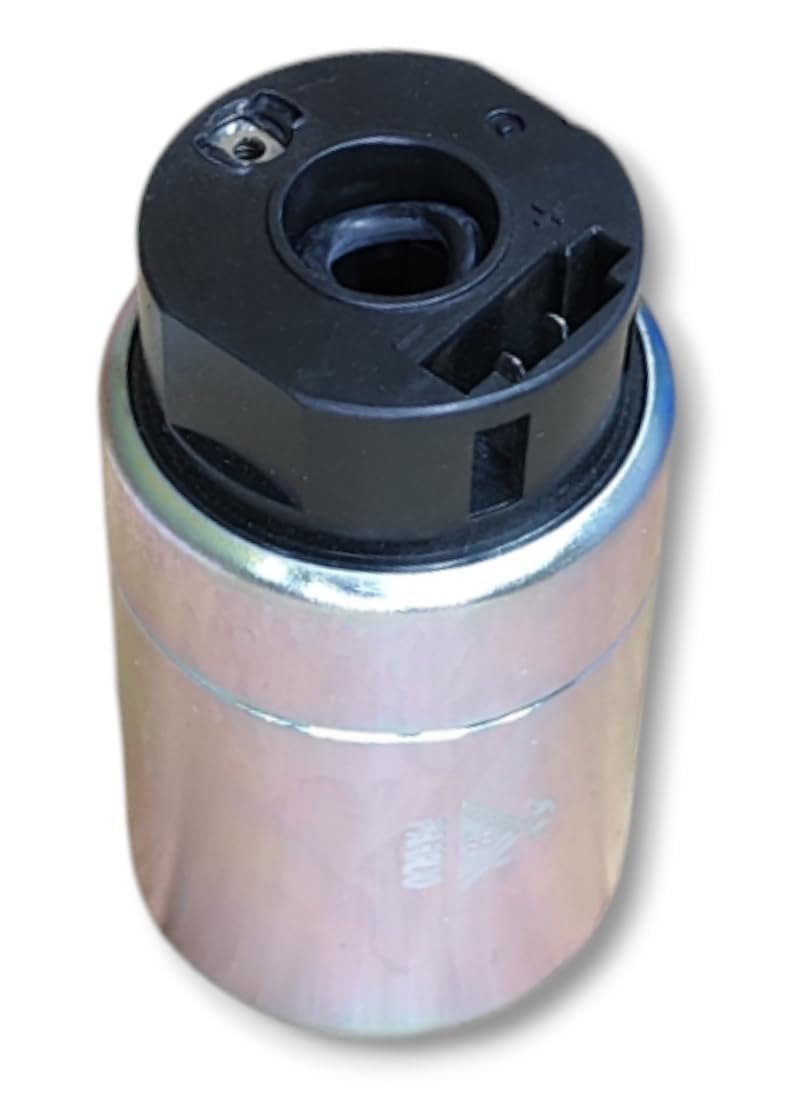
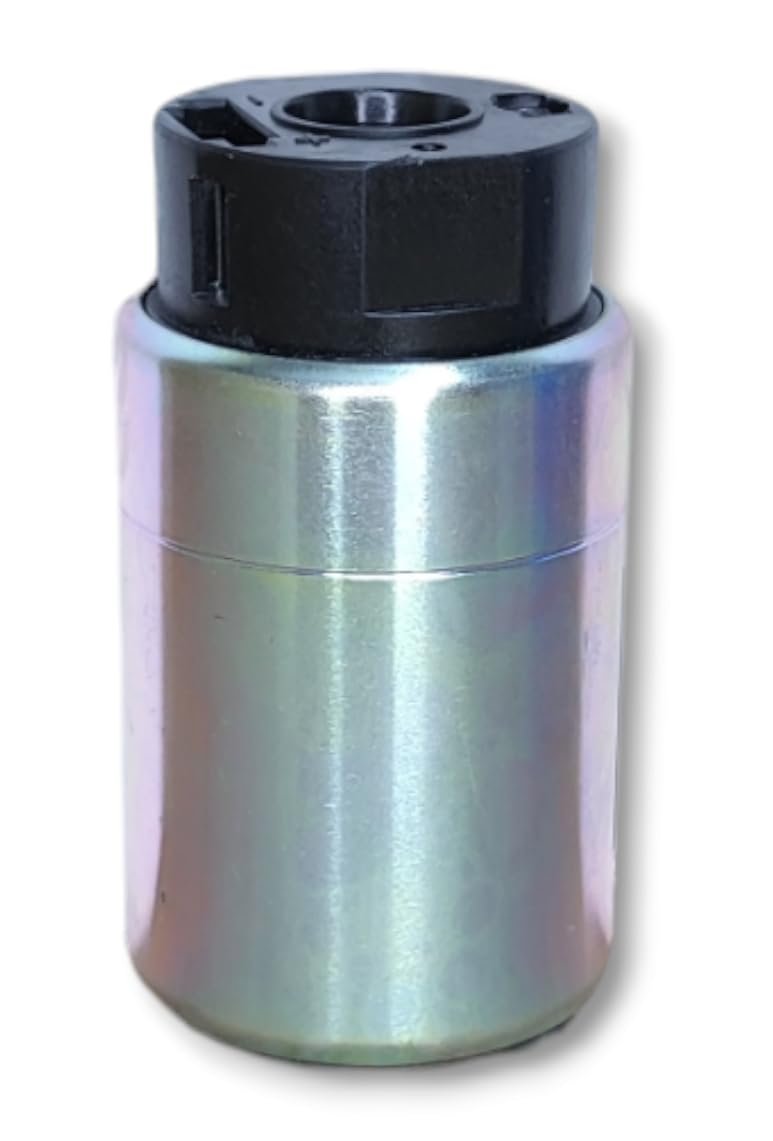
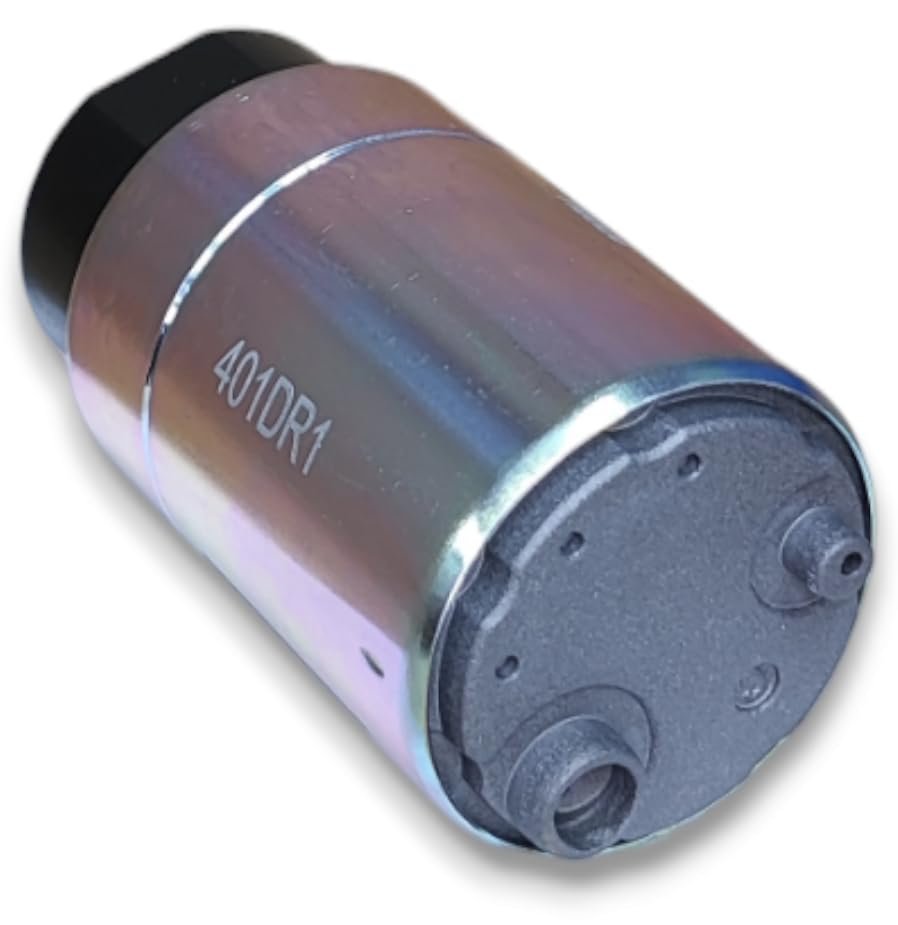
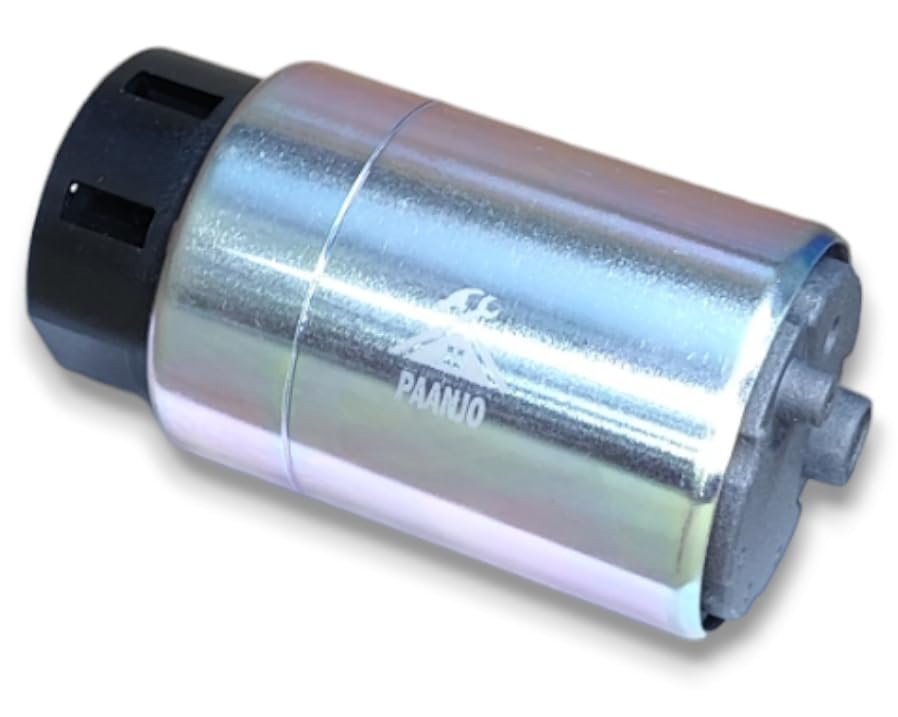
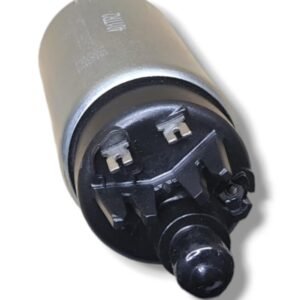
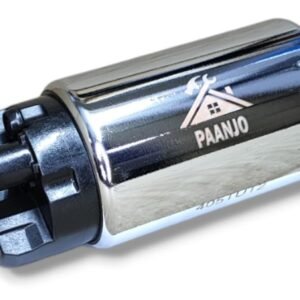
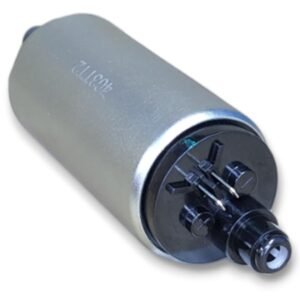
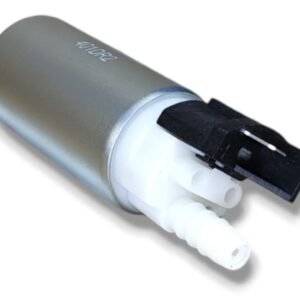
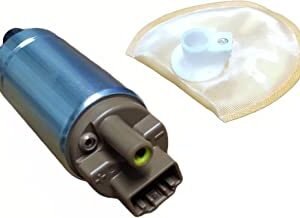
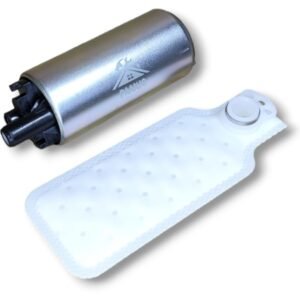
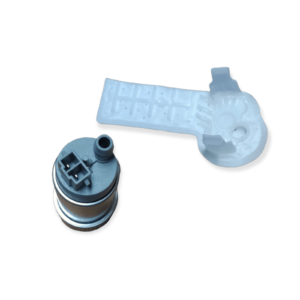
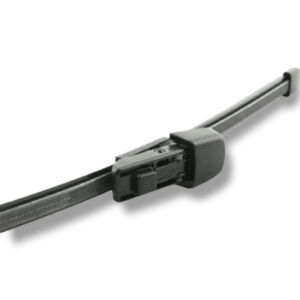
Reviews
There are no reviews yet